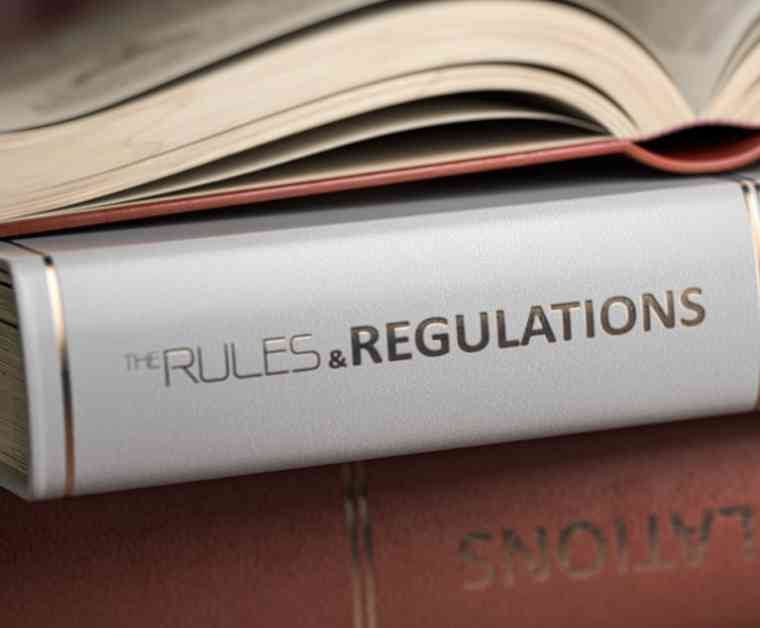Navigating Compliance Challenges: Dealing with Potential Whistleblowers
In a recent interview, Barbara Barrett, the chief compliance officer of Reliant Care Management, highlighted the importance of asking critical questions when it comes to compliance challenges and potential whistleblowers. With federal regulators increasingly incentivizing whistleblowers to come forward, companies need to be proactive in addressing compliance risks and continuously improving their practices.
One of the key aspects of effective compliance management is understanding the potential risks associated with non-compliance and the role whistleblowers can play in exposing such risks. By asking probing questions and staying vigilant, legal chiefs can better protect their organizations from regulatory scrutiny and potential legal action.
It is crucial for companies to create a culture of compliance where employees feel empowered to speak up about any concerns they may have regarding unethical behavior or regulatory violations. By fostering an open and transparent environment, organizations can address issues early on and prevent them from escalating into more serious problems.
Moreover, legal chiefs should invest in robust compliance programs that provide employees with the necessary tools and resources to navigate complex regulatory requirements. Training programs, reporting mechanisms, and regular audits can help identify areas of improvement and ensure that the organization remains compliant with relevant laws and regulations.
In addition to internal compliance efforts, companies should also consider seeking external expertise to conduct independent assessments of their compliance practices. Third-party audits and reviews can offer valuable insights and recommendations for enhancing compliance controls and mitigating potential risks.
Ultimately, effective compliance management requires a proactive approach that prioritizes risk identification, mitigation, and continuous improvement. By staying ahead of compliance challenges and addressing potential whistleblowers with diligence and transparency, companies can safeguard their reputation, protect their stakeholders, and avoid costly legal consequences.
In conclusion, Barbara Barrett’s insights underscore the critical importance of navigating compliance challenges and dealing with potential whistleblowers in today’s regulatory landscape. Legal chiefs must be proactive, vigilant, and committed to upholding the highest standards of ethical conduct to ensure long-term success and sustainability for their organizations.















